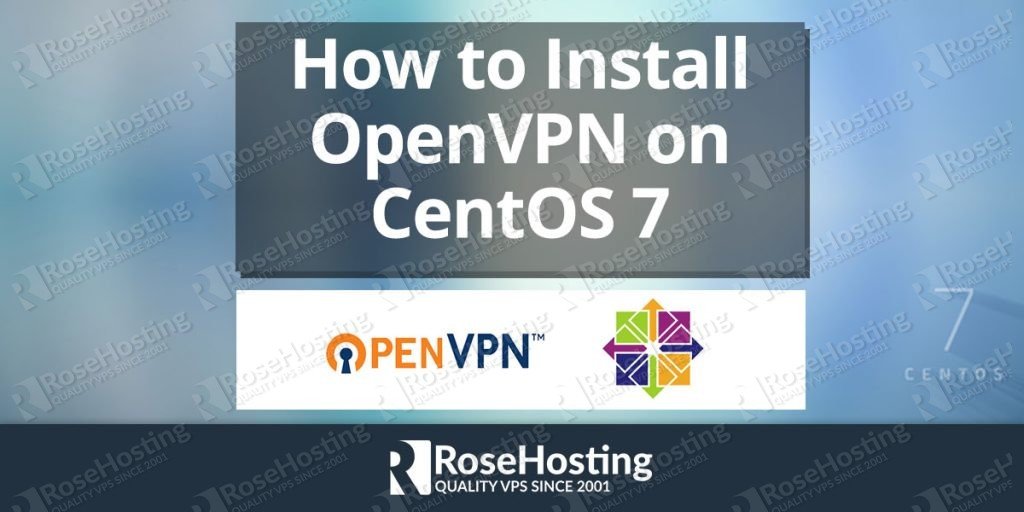How To Install Hping3 On Centos 7
- How To Install Hping3 On Centos 7 Download
- Centos How To Install Software
- How To Install Centos 6.9
- How To Install Hping3 On Centos 7 Change
Kubernetes is an open-source system used for automating the deployment, scaling, and management of containerized applications. Kubernetes is enterprise-ready and can be installed on various platforms. I've already touched on how to get Kubernetes up and running on Ubuntu Server (see 'How to quickly install Kubernetes on Ubuntu'). This time around, I'm going to walk you through the process of setting up a Kubernetes cluster on CentOS 7. This makes for an outstanding one-two punch for your containerized applications.
How To Install Hping3 On Centos 7 Download
This tutorial will guide you on how to perform a minimal installation of latest version of CentOS 7.0, using the binary DVD ISO image, an installation that is best suitable for developing a future customizable server platform, with no Graphical User Interface, where you can install only the software. If you run yum install mysql on CentOS 7. This tutorial will explain how to install MySQL version 5.7 on a CentOS 7 server.
SEE: Quick glossary: Storage (Tech Pro Research)

What you'll need
I'll be demonstrating with three CentOS 7 servers (at the following IP addresses):
- kubemaster: 192.168.1.99
- kube2: 192.168.1.109
- kube3: 192.168.1.167
Make sure to change the IP addresses to fit your needs. You'll also need root access on all three servers. I do suggest first testing this on virtual machines, before attempting the installation on production servers.
With that said, let's install.
Pre-installation configuration

The first thing you want to do is configure your /etc/hosts file, so that each machine can ping one another via hostname. So on each machine, issue the su command (to change to the root user) and then edit the file with the command nano /etc/hosts. At the end of the file, append the following (again, adjusting the IP addresses to fit your needs):
Hp laserjet p2055d driver free download. HP LaserJet P2055dn Printer series Drivers Software (Update: Mar 1, 2018) Download HP LaserJet P2050 Series PCL6 Default Install Description This is the most current PCL6 driver of the HP Universal Print Driver (UPD) for Windows 32 bit and 64 bit systems.
Save and close that file.
Disable SELinux and swap
Now we need to disable both SELinux and swap. On all three machines, issue the following commands:
Next, disable swap (on all three machines) with the following command:
We must also ensure that swap isn't re-enabled during a reboot on each server. Open up the /etc/fstab and comment out the swap entry like this:
And a 1GB hard drive is impossibly small. It's been a long time since drives that small were available, and undoubtedly that's not the correct number for your computer. Drivers windows 7.
Enable br_netfilter
For our next trick, we'll be enabling the br_netfilter kernel module on all three servers. This is done with the following commands:
Install Docker-ce
It's time to install the necessary Docker tool. On all three machines, install the Docker-ce dependencies with the following command:
Next, add the Docker-ce repository with the command:
Install Docker-ce with the command:
Install Kubernetes
This is also done on all three servers. First we need to create a repository entry for yum. To do this, issue the command nano /etc/yum.repos.d/kubernetes.repo and then add the following contents:
Save and close that file. Install Kubernetes with the command:
Once the installation completes, reboot all three machines. As soon as each machine has rebooted, log back in and su to the root user.
Cgroup changes
Now we need to ensure that both Docker-ce and Kubernetes belong to the same control group (cgroup). By default, Docker should already belong to cgroupfs (you can check this with the command docker info grep -i cgroup). To add Kubernetes to this, issue the command:
Centos How To Install Software
Restart the systemd daemon and the kubelet service with the commands:
Initialize the Kubernetes cluster
We're now ready to initialize the Kubernetes cluster. This is done on kubemaster (and only on that machine). On kubemaster, issue the command (again, adjusting the IP addresses to fit your needs):
When this completes (it'll take anywhere from 30 seconds to 5 minutes), the output should include the joining command for your nodes (Figure A).
Figure A
Once that completes, head over to kube2 and issue the command (adjusting the IP address to fit your needs):
Where TOKEN and DISCOVERY_TOKEN are the tokens displayed after the initialization command completes.
Configuring Kubernetes
Before Kubernetes can be used, we must take care of a bit of configuration. Issue the following three commands (to create a new .kube configuration directory, copy the necessary configuration file, and give the file the proper ownership):
How To Install Centos 6.9
Deploy flannel network
How To Install Hping3 On Centos 7 Change
Now we must deploy the flannel network to the cluster with the command:
Checking your nodes
Once the deploy command completes, you should be able to see both nodes on the master, by issuing the command kubectl get nodes (Figure B).
Figure B
All ready
Congratulations, you now have a Kubernetes cluster ready for pods. I'll be demonstrating how to deploy your first pod when next we visit the Kubernetes topic. Until then, happy clustering!
Also see
- How to deploy NGINX on a Kubernetes cluster (TechRepublic)
- 10 Kubernetes tips for getting the most out of the open source container system (TechRepublic)
- How to use Antsle to quickly deploy a virtual machine (TechRepublic)
- How to easily edit a network connection on a CentOS 7 minimal installation (TechRepublic)
- Red Hat introduces Kubernetes Operators software development toolkit (ZDNet)